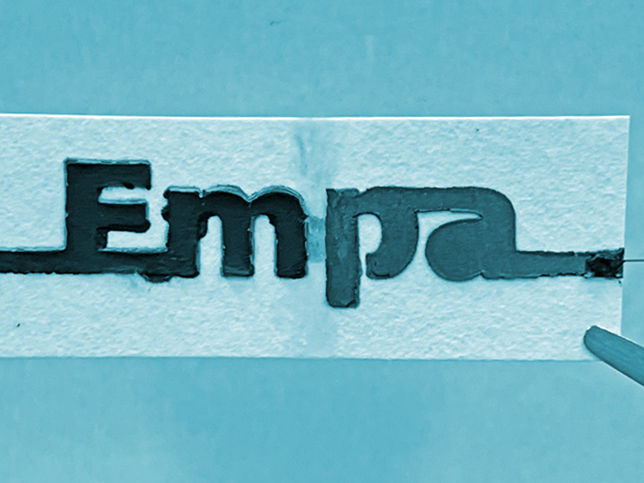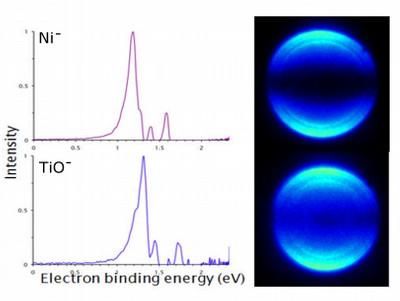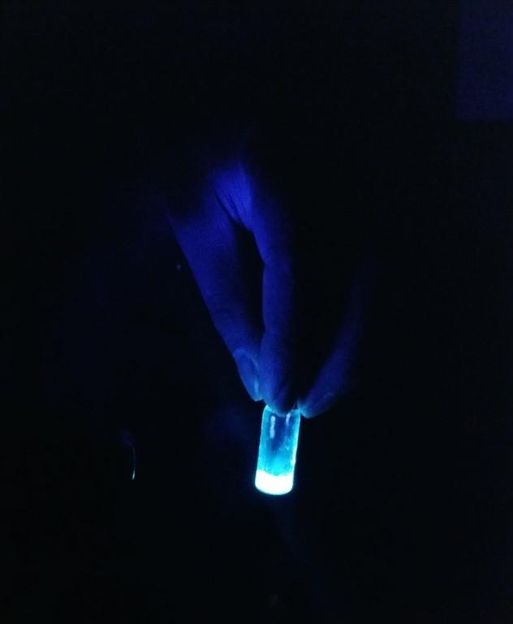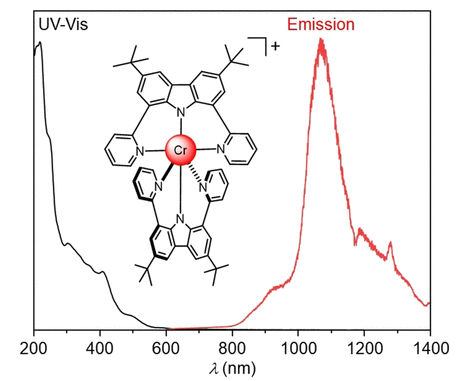New insights concerning miracle material graphene
The interactions between graphene and its environment have a significant influence on the use of this promising material by the semiconductor industry. Thanks to the comprehensive findings of an international research project, these interactions are now better understood and can be controlled as a result.

Manipulations of graphene’s structure offer new insights into the characteristics of this miracle material.
Nikolay I. Verbitskiy
Graphene is an atom-thin layer of carbon. Thanks to its unique structural and electronic characteristics, the material has enormous potential and has been the focus of many high expectations – however, concrete uses and applications have yet to materialise. As is so often the case when it comes to viable application, the devil is in the detail. A project supported by the Austrian Science Fund FWF has now managed to come to grips with quite a few challenges.
Targeting semiconductors
“Individual components based on graphene already present outstanding characteristics”, explains project leader Thomas Pichler from the Department for Electronic Properties of Materials (epm) at the University of Vienna. “However, the major breakthrough in its application as an integrated electronic component has not yet emerged. It has simply not been possible to use this material for established semiconductor technology in a way that can be reliably replicated.” One of the biggest obstacles up to now was the lack of control of how graphene interacts with its environment at atomic level. As a result, it has been almost impossible to deploy the material in a predictable and targeted way up to now. Even the interaction between graphene and the substrate, to which it must be applied due to its extreme thinness, was only understood in part. Pichler and his research team have succeeded in changing exactly this.
Strain with charge
The team was also immediately successful in gaining some surprising new insights. “We were able to demonstrate a correlation between charge transfer – the shifting of electrons – and mechanical strain in graphene for the first time”, says Pichler, explaining one outstanding result of the recently concluded project. “This observation could be of major practical significance, as it means that the entirely contactless measurement of internal strain in graphene-based components may be possible in the future.” The team also achieved significant successes in the targeted control of the environment of graphene: within the framework of the project it was possible to control the interface between graphene and traditional semiconductors like germanium on the atomic level for the first time. Many view this as an important step towards making graphene-based nanoelectronic components usable for semiconductor technology.
Success with method
Crucial to the success of the cooperative project was its optimal combination and implementation of two methodically different processes. Pichler and his team therefore used the very latest spectroscopy measurement techniques and complemented them with so-called ab-initio calculations, which were carried out by a team headed by Ludger Wirtz from the Institute for Electronics, Microelectronics and Nanotechnology at the University of Lille.
Extensive samples
The second secret of the project’s success was the fact that it succeeded in producing extensive samples of electronically insulated graphene. This provided an optimal starting material for the experimental work. “We then deliberately manipulated the electronic structure of the graphene”, says Pichler, explaining the approach adopted by the project. “To do this, for example, we replaced certain atoms in the graphene substrate with hydrogen or nitrogen atoms and measured the impact of this substitution on the graphene.” Another approach adopted by Pichler and his team involved a method known as intercalation. With this method, wafer-thin layers of potassium, lithium or barium are inserted between the graphene and the substrate and the resulting impact on the graphene is characterised.
These steps paved the way for many other advances arising from the FWF project, which are still needed to enable the comprehensive use of the “miracle material” graphene. Many challenges remain to be overcome before graphene can be put to practical use. Basic research will play a key role in overcoming these challenges.
Original publication
Verbitskiy, N.I., Fedorov, A.V., Profeta, G., Stroppa, A., Petaccia, L., Senkovskiy, B., Nefedov, A., Woell, C., Usachov, D. Yu., Vyalikh, D.V., Yashina, L.V., Eliseev, A .A., Pichler, T., Grueneis, A.; "Atomically precise semiconductor – graphene and hBN interfaces by Ge intercalation"; Scientific Reports; 5, Article number: 17700
Liu, X., Grüneis, A., Haberer, D., Fedorov, A.V., Vilkov, O., Strupinski, W., Pichler, T.; "Tunable Interface Properties between Pentacene and Graphene on the SIC Substrate"; Journal of Physical Chemistry C; 117, 3969-3975, 2013
Chacón-Torres, J. C., Wirtz, L. & Pichler, T.; "Manifestation of Charged and Strained Graphene Layers in the Raman Response of Graphite Intercalation Compounds"; ACS Nano; 7, 10, 9249-9259, 2013


































































